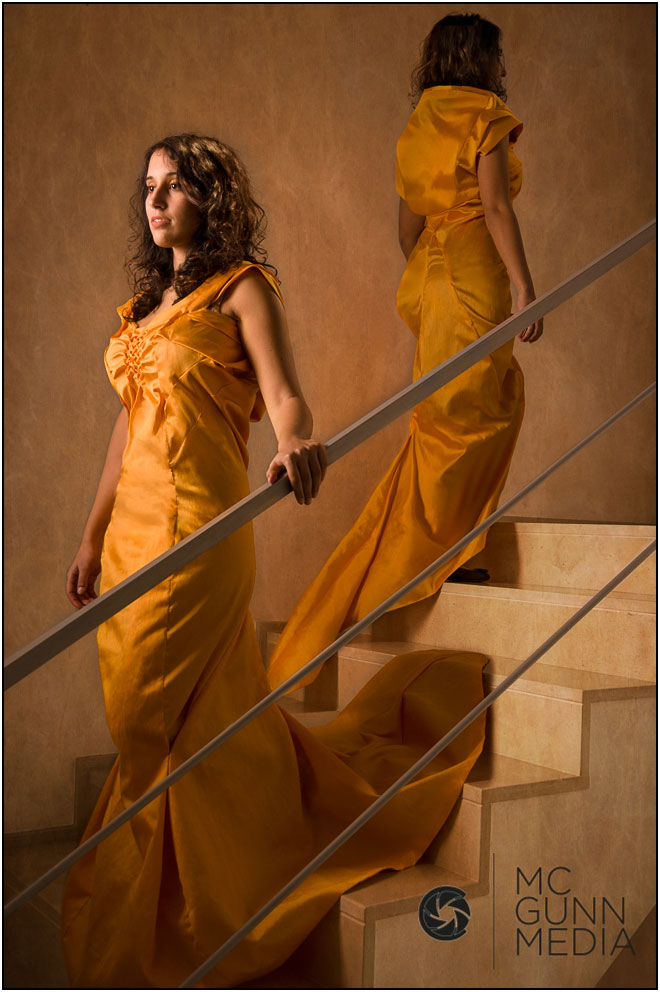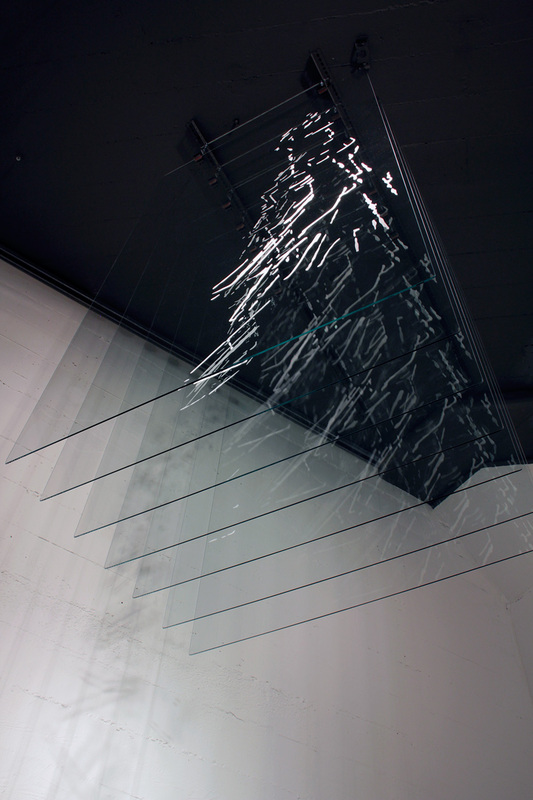Nude On Staircase: A Bold Artistic Movement That's Taking The World By Storm
Let’s be honest here—when you hear the phrase "nude on staircase," your mind might immediately jump to something scandalous or provocative. But wait, hold up! This isn’t just about nudity for the sake of shock value. It’s an artistic movement that’s gaining traction in the world of modern art, photography, and even interior design. So, buckle up, because we’re diving deep into this fascinating topic that’s more than meets the eye.
You might be wondering, what exactly does “nude on staircase” mean? Well, it’s not as risqué as you think. It’s more about embracing the raw beauty of the human form in its most natural state, combined with the elegance and functionality of staircases. Think of it as a celebration of simplicity and sophistication, where art meets architecture in a way that’s both daring and breathtaking.
Now, before we get too deep into the nitty-gritty, let’s set the stage. This movement is not just about stripping down literally—it’s about stripping down metaphorically. It’s about removing layers of pretense and revealing the true essence of art and design. So, if you’re ready to explore this bold new world, let’s get started!
Read also:Ashley Resch Nude The Truth Behind The Clickbait
Understanding the Concept Behind Nude on Staircase
First things first, let’s break it down. The concept of "nude on staircase" is rooted in the idea of using the human body as a form of artistic expression. It’s about showcasing the natural curves and lines of the body against the structured elegance of staircases. It’s a juxtaposition of the organic and the architectural, creating a visual masterpiece that’s both thought-provoking and mesmerizing.
But why staircases, you ask? Well, staircases are more than just a way to get from one floor to another. They’re symbols of transition, progress, and even life itself. By placing the human form in this context, artists are highlighting the journey of life—its ups and downs, its twists and turns—and how we navigate it all.
Why Nude Art Is Still Relevant Today
Now, you might be thinking, “Isn’t nude art a bit outdated?” Not at all! Nude art has been around for centuries, and it’s still as relevant today as it was in the days of the Renaissance. Why? Because it’s timeless. It taps into something primal and universal—the human form in its purest state.
Moreover, in today’s world where we’re constantly bombarded with images of airbrushed perfection, nude art offers a refreshing alternative. It celebrates imperfection, individuality, and the beauty of being human. And when you combine that with the elegance of staircases, you’ve got a recipe for something truly special.
The History of Nude Art and Staircases
Let’s take a little trip down memory lane, shall we? The history of nude art is as rich and varied as the art itself. From the ancient Greeks to the masters of the Renaissance, artists have been fascinated by the human form for centuries. And while staircases might not have been a common backdrop in those days, the idea of using architecture to enhance the beauty of the human body has always been there.
In modern times, photographers and designers have taken this concept to new heights—literally and figuratively. They’ve used staircases as a canvas to create stunning works of art that challenge our perceptions and push the boundaries of what art can be.
Read also:Henna Mckay Nude The Truth Behind The Headlines And Controversies
Famous Artists Who Pioneered the Movement
Speaking of pioneers, there are a few names you should know. Artists like Spencer Tunick and Anne Leibovitz have been at the forefront of this movement, using their unique perspectives to bring "nude on staircase" to the masses. Their work has not only captured the imagination of art lovers but has also sparked important conversations about body positivity and the role of art in society.
The Psychology Behind Nude on Staircase
So, why does this movement resonate with so many people? Well, it’s all about psychology. When we see a piece of art that combines the human form with architecture, it triggers something deep within us. It makes us think about our place in the world, our journey through life, and the connections we make along the way.
Moreover, the use of staircases as a backdrop adds another layer of meaning. Staircases are symbols of progress, and when combined with the raw beauty of the human form, they create a powerful metaphor for personal growth and transformation.
How Nude Art Affects Our Perception of Beauty
Now, let’s talk about beauty. In today’s world, beauty is often defined by societal standards that are unrealistic and unattainable. But nude art, especially when combined with architecture, challenges those standards. It reminds us that beauty comes in all shapes and sizes, and that imperfection is what makes us unique.
The Role of Staircases in Modern Art
Staircases might not seem like the most exciting subject for art, but they’re actually incredibly versatile. They can be used to create a sense of movement, tension, or even serenity. And when combined with the human form, they become a powerful tool for artistic expression.
Designers and architects have also embraced this movement, incorporating elements of "nude on staircase" into their work. From spiral staircases to grand staircases in historic buildings, they’re using these structures to create spaces that are both functional and beautiful.
Types of Staircases Used in Art
Not all staircases are created equal, and artists know this. From spiral staircases to straight flights, each type of staircase brings something different to the table. Spiral staircases, for example, create a sense of movement and flow, while straight flights offer a more structured and formal feel.
The Impact of Nude on Staircase on Society
Now, let’s talk about the bigger picture. The "nude on staircase" movement has had a profound impact on society, sparking important conversations about body positivity, art, and architecture. It’s not just about creating beautiful images—it’s about challenging the status quo and encouraging people to think differently.
Moreover, it’s about accessibility. Art should be for everyone, not just the elite few. By using staircases as a backdrop, artists are bringing art to the masses, making it more relatable and accessible than ever before.
How This Movement Is Changing the Art World
Art is constantly evolving, and the "nude on staircase" movement is a prime example of that. It’s pushing artists to think outside the box and experiment with new forms of expression. It’s also encouraging galleries and museums to rethink their approach to art, making it more inclusive and diverse.
Tips for Creating Your Own Nude on Staircase Art
Feeling inspired? Why not try your hand at creating your own "nude on staircase" art? Here are a few tips to get you started:
- Choose the right staircase. Look for one with interesting lines and angles that will complement the human form.
- Play with lighting. Lighting can make or break a piece of art, so experiment with different angles and intensities to create the desired effect.
- Focus on composition. Think about how the human form will interact with the staircase and how you can use that interaction to tell a story.
Common Mistakes to Avoid
Of course, like any art form, there are pitfalls to watch out for. Here are a few common mistakes to avoid:
- Overcomplicating the composition. Sometimes less is more, so don’t be afraid to keep things simple.
- Ignoring the background. The staircase is just as important as the human form, so make sure it gets the attention it deserves.
The Future of Nude on Staircase
So, where is this movement headed? Well, the sky’s the limit! As technology continues to evolve, artists will have even more tools at their disposal to create stunning works of art. From virtual reality to augmented reality, the possibilities are endless.
Moreover, as society becomes more open-minded, we can expect to see even more diverse and inclusive representations of the human form in art. It’s an exciting time to be a part of the art world, and the "nude on staircase" movement is at the forefront of this evolution.
How You Can Get Involved
If you’re passionate about this movement, there are plenty of ways to get involved. Attend art shows, support local artists, and even try your hand at creating your own art. The more people who embrace this movement, the more impact it can have on the world.
Conclusion
And there you have it—a deep dive into the world of "nude on staircase." From its rich history to its impact on society, this movement is more than just art—it’s a statement. It’s about embracing imperfection, celebrating individuality, and pushing the boundaries of what art can be.
So, the next time you see a staircase, take a moment to appreciate its potential. Who knows? You might just be inspired to create your own masterpiece. And remember, art is for everyone, so don’t be afraid to get involved and make your voice heard!
Now, it’s your turn. What do you think about the "nude on staircase" movement? Leave a comment below and let’s start a conversation. And if you enjoyed this article, don’t forget to share it with your friends and family. Together, we can keep the conversation going and make the world a more beautiful place—one staircase at a time!
Table of Contents
- Understanding the Concept Behind Nude on Staircase
- The History of Nude Art and Staircases
- The Psychology Behind Nude on Staircase
- The Role of Staircases in Modern Art
- The Impact of Nude on Staircase on Society
- Tips for Creating Your Own Nude on Staircase Art
- The Future of Nude on Staircase
- Conclusion



